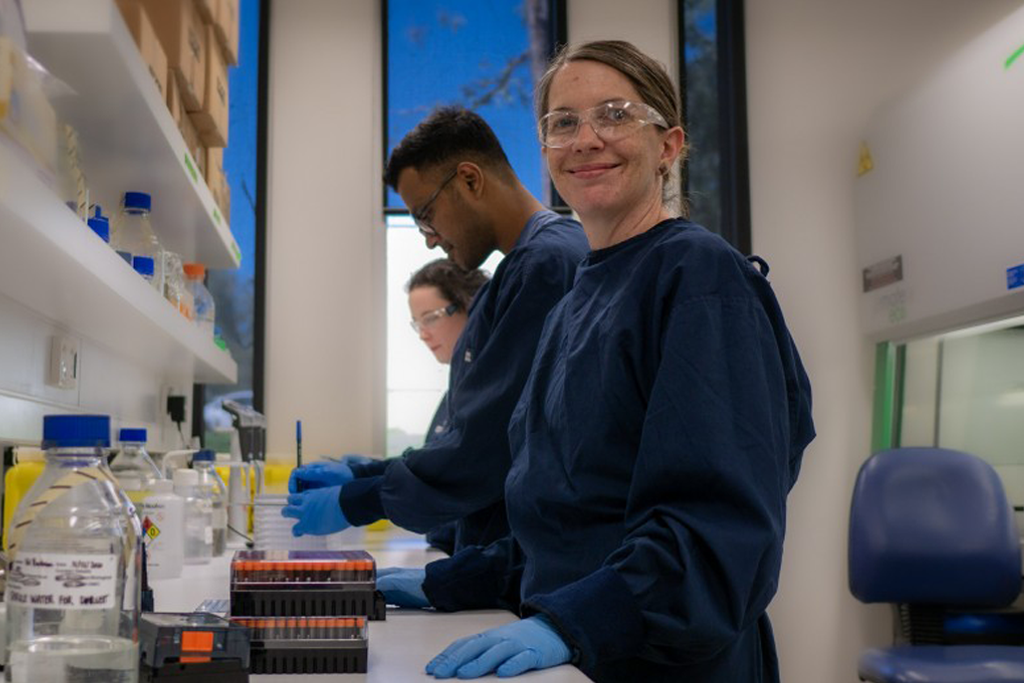A gene involved in the development of sepsis has been discovered by a long-standing collaboration between teams at The Australian National University (ANU), including the Australian Phenomics Facility, and Genentech, a member of the Roche Group.
The research teams discovered a new gene, Ninjurin1, that mediates cell membrane rupture of macrophages. This is the final cataclysmic event in pryoptosis (lytic cell death) that can lead to sepsis.
Cell membrane rupture was previously thought to be a passive event.
This new research, recently published in Nature, identifies Ninjurin1 as a possible therapeutic target.
The ANU team was led by Dr Edward Bertram and Dr Lisa Miosge at the Australian Phenomics Facility (APF), The John Curtin School of Medical Research, and the Genentech team was led by Vice-President Dr Vishva Dixit, Vice President, Physiological Chemistry and Principal Scientist Dr Nobuhiko Kayagaki.

The World Health Organisation estimates that in 2017 there were 11 million sepsis-related deaths worldwide, accounting for almost 20 per cent of all global deaths.
Sepsis is a life-threatening attack on the body’s organs and occurs when a form of programmed cell death called ‘pyroptosis’ is overactivated in macrophages, a type of white blood cell in the immune system.
To understand the cellular processes leading to sepsis, the APF has applied its unique combination of large-scale forward-genetics infrastructure and experience in genomics, phenomics and bioinformatics.
“ Dr Miosge said “The collaboration uses our established forward genetics approach to scan the genome for variations in the code that alter the macrophage cell signalling response that leads to sepsis.”
Scientists at Genentech showed that Ninjurin1, a cell surface protein, plays an essential role in cell membrane rupture and is required for the release of numerous intracellular proteins that cause an inflammatory response and can lead to sepsis. In the absence of Ninjurin1, macrophages filled up with these proteins and showed a ballooned morphology.
Dr Kayagaki said “Throughout our collaboration with the ANU team, I have been thrilled by the opportunity to decipher nature’s mysteries.”
“ This new discovery – a previously unexpected active cellular mechanism following cell death that ruptures cellular membranes and propagates inflammatory cytoplasmic contents as a dying message – is extremely intriguing to me.”
“ Targeting Ninjurin1 may be of therapeutic benefit for patients with inflammatory diseases.”
Dr Keats Nelms, Director of Business Engagement and Commercialisation at the ANU, said “The discovery made by the Genentech and ANU teams is a tremendous example of how strong collaborations between industry and academia can lead to a deep understanding of disease processes as well as new therapeutic targets.”
“The ANU-Genentech collaboration is an enduring one based on world-leading research and I congratulate the teams on their latest discovery.”
The research was published in Nature this month.
This story was first published at the JCSMR webpage.







